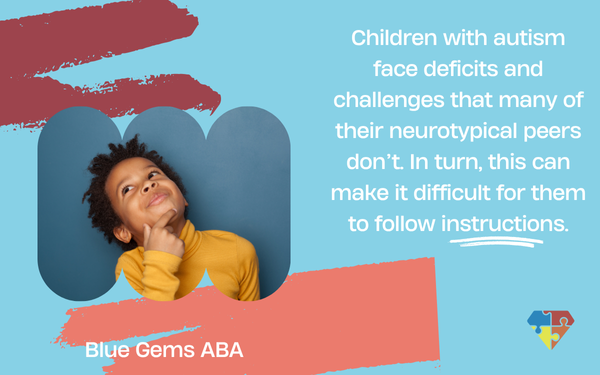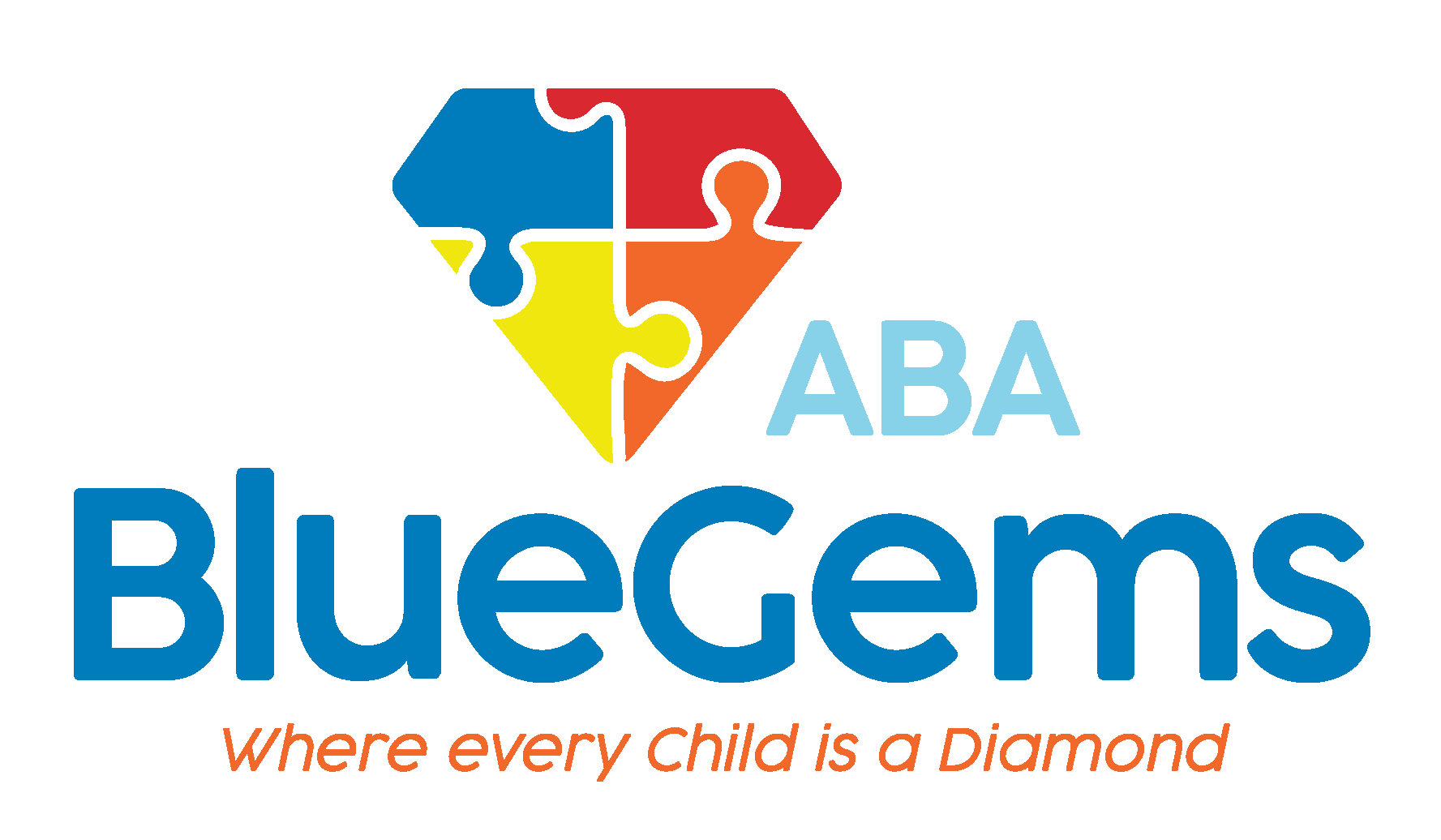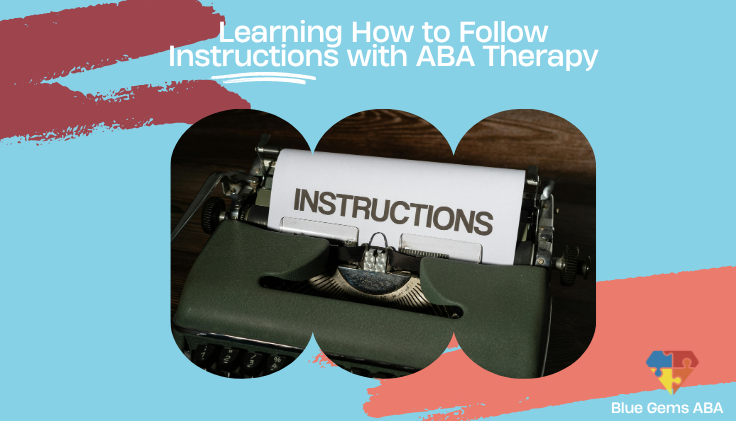Learning How to Follow Instructions with ABA Therapy
To succeed throughout daily life, children need to learn how to follow instructions. It is a skill that most children learn over time, with many bumps in the road to be expected.
For children with autism spectrum disorder (ASD), though, learning to follow instructions can be more difficult than others. This could be due to the fact that they face challenges with communication and social interactions, and may experience social sensitivities that interfere with their ability to feel comfortable, stay calm and pay attention.
Without the ability to follow instructions, children with autism would likely struggle progressing in school, engaging in typical social interactions with peers and even living independently.
All is not lost, though, as children with ASD can learn how to follow instructions with applied behavior analysis. Below, we’ll discuss how ABA therapy helps children build this essential life skill.
Table Of Contents
Why is Following Instructions Challenging for Children with Autism?
Children with autism face deficits and challenges that many of their neurotypical peers don’t. In turn, this can make it difficult for them to follow instructions.

One reason is they may not be able to process verbal language effectively. This can make following directions very difficult, especially if they are complex or long.
They may also become easily overwhelmed in certain situations, due to sensory sensitivities. They could feel anxious in new environments, if their daily routine changes even slightly or if there are loud noises or bright lights in the background.
Some children on the autism spectrum have restrictive interests and/or engage in repetitive behaviors. They may become fixated on certain things, for example, so much so that it interferes with their ability to pay attention, which then prevents them from being able to follow instructions correctly.
Can ABA Therapy Help Remove Some of These Distractions?
In general, ABA therapy can help address many of the roadblocks a child faces following instructions.
A major focus of ABA therapy is helping children on the autism spectrum build communication skills, both expressing themselves and understanding what others are expressing. There are many aspects to this, including building vocabulary and words for those who can speak, or finding other ways to express communication for those who can’t.
Helping children identify and understand non-verbal cues such as hand gestures, body language and tone of voice is important, too, as it aids in them fully grasping someone else’s instructions.
Further, ABA therapy can help reduce the feelings of anxiety and instances of problem behaviors through various modification techniques — all of which helps the child become more focused, engaged and attentive.
How Does ABA Therapy Teach Children with Autism to Follow Instructions?
More so than that, ABA therapy can also specifically and directly help children follow instructions. Therapists have many tools at their disposal to do so, and these are some of the same tools that they will use to target other skills and behaviors.
One very effective strategy is breaking down complex tasks and instructions into smaller, more manageable steps. By teaching each individual step of a longer instruction, ABA therapists can help children grasp what is being asked of them.
Complex and multi-step instructions such as, “Brush your teeth, come to your bedroom and get changed into your pajamas for bed” can be rather challenging for children with autism to understand. So, instead, therapists will break that down into separate steps — first requesting them to brush their teeth, then come to their bedroom, then get changed into their pajamas, one step at a time and not moving onto the next step until the first has been mastered.
Therapists will also use modeling techniques to teach children how to follow instructions. They may say “brush your teeth” and then pick up a toothbrush themselves to show the child how to do it.
Modeling is very effective because it presents the child with a visual example that they can then mimic. Over time, they won’t need that visual aid to follow the verbal instruction.
Regardless of what strategy and tool is used, ABA therapy will integrate positive reinforcement through a rewards system that’s personalized to each child’s preferences. Every time they successfully follow one instruction, for example, they might receive extra praise or get time with a toy they love.
This positive reinforcement keeps the child engaged and motivated to keep successfully following instructions.
Blue Gems ABA Can Teach Children with ASD to Follow Instructions
Following instructions can be difficult for any child, but especially for those who have ASD. Yet, it’s an essential life skill that every child needs to master to be successful in life.
At Blue Gems ABA, our team of experienced therapists work with children on the autism spectrum to build essential life skills such as following instructions, and how to modify behaviors to get better outcomes.
To learn more, please contact us today.




